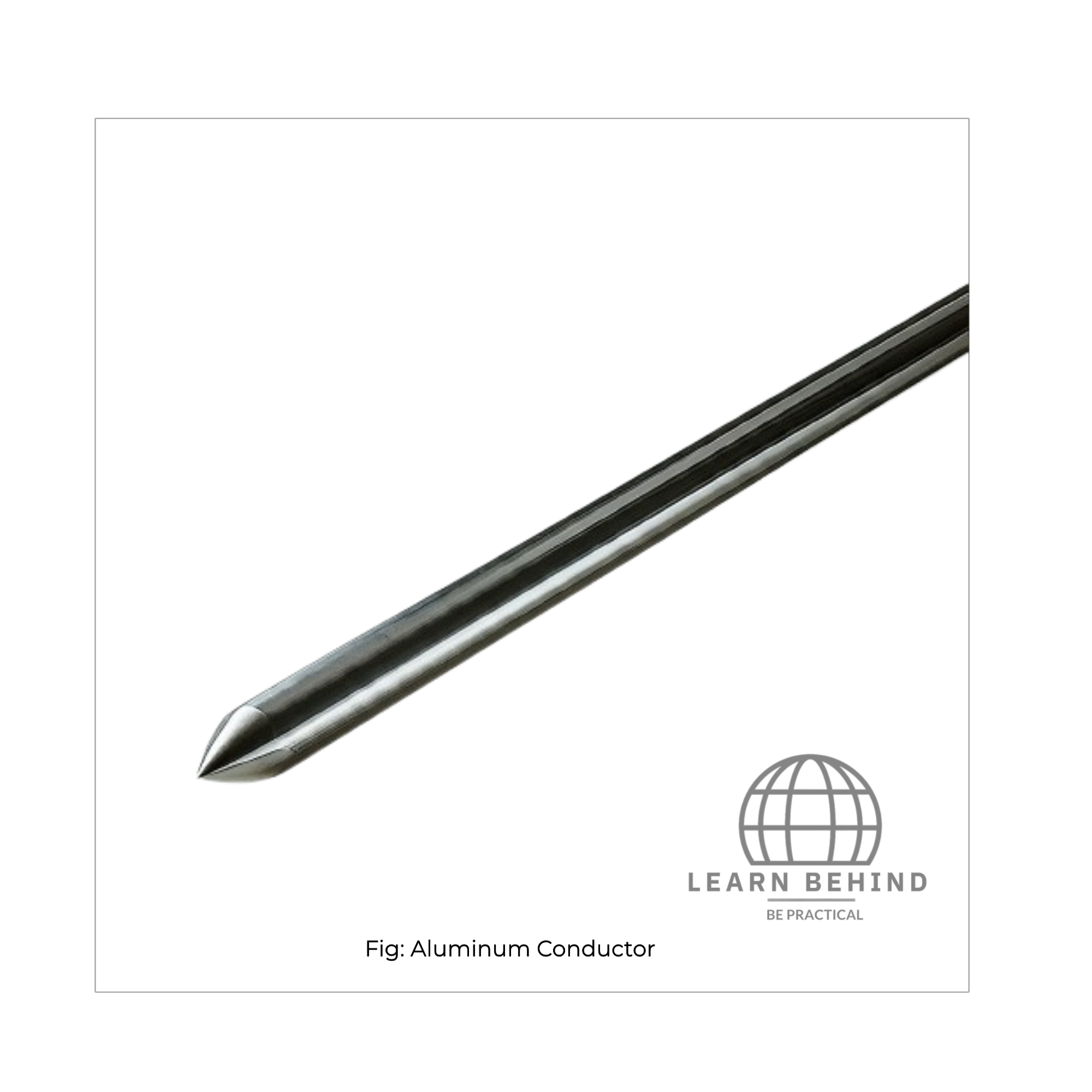Home
Tutorial's
Image collection
Calculator
Projects
MCQ's
3d Models
Invention Hub
How it works
Download Our app
Module 28: Properties and Applications of Aluminium
Aluminum is a silvery-white, lightweight metal making up about 8% of the Earth's crust and is the third in abundance among the elements. Most of the aluminum is extracted from a type of ore known as bauxite and it contains specially outstanding properties making it one of the most used and varied metals in the world.

Physical Properties:
Lightweight: The density of the aluminum metal is relatively small, about 2.7 g/cm³. That is, it has a weight around one-third of that for steel. Thus, it is quite suitable for transport use-like aircrafts and space vehicles-where the weight factor becomes principal.
High thermal conductivity: Thermal conductivity for aluminum is very good, lying at a value of about 205 W/m·K. Hence, it is very suitable for heat sinks, radiators, and cookware.
High electrical conductivity: Though it is less conductive than copper, yet it has a good electrical conductivity and, based on this fact, it finds vast employment in the power lines and electrical application.
Corrosion Resistance: It arises because, on coming into contact with air, it naturally forms a thin oxide layer on its surface which protects it further from corrosion and oxidation.
Properties of aluminum include ductility and malleability: it is hugely malleable and ductile; hence, it could easily be formed into very thin sheets and foils or drawn into wires with ease and without breaking.
Non-magnetic: Since it is non-magnetic in nature, aluminum is effectively utilized in sensitive electronic environments to minimize any magnetic interference.
Reflectivity: Aluminum is highly reflective; hence, it finds a wide range of applications in light-reflective surfaces, as in mirrors, light fittings, and also in heat insulation materials.
Melting Point: The melting point of aluminum is around 660°C, comparatively quite low when contrasted with the rest of metals such as steel.
Chemical Properties:
Oxidation Resistance: The oxide layer of aluminium resists rust and hence enables the resistance power against the attack of chemicals, and so it is very durable under fluctuating environmental conditions.
Reactivity: Though this is, in fact a reactive metal with acids and alkalis, this thin layer of oxide usually resists most of the chemical attacks in normal conditions.
Alloy formation: It is specially given added qualities of strength, hardness, amongst others, especially the rate at which the material will be able to form alloys with other metals like copper, magnesium, silicon.
Mechanical properties:
Strength-to-Weight Ratio:The high ratio of strength to the weight of the alloy makes it very suitable for structural applications where strength and low weight is paramount.
Workability:The metal is easily machineable, weldable, and cast; thus, the metal is amenable to variant manufacturing processes.
Low Tensile Strength (Pure Aluminum):Pure aluminum is a soft metal with a tensile strength of about 90 MPa; this is subject to significant modification for the better by alloying and thermal treatments.
Applications of Aluminium:
Aircraft frames and parts:The metal lightweight and strength make it suitable for aircraft bodies, saving fuel consumption.
Spacecraft and satellites:It is used in rocket parts, satellite structures, and components that need to be strong but not add much weight.
Car bodies and engine parts:Give lesser weight to vehicles hence giving better fuel efficiency and lower emission.
Rail and marine vehicles:Starting from train cars down to ships and boats, metals are employed because of corrosion resistance and strength.
Building Facades and Roofing:Resistance to weather, lightweight, and strength make it a perfect material for cladding, window, and door construction.
Structural Components:Modern architecture uses aluminum frames and beams for strength and aesthetic purposes.
Power Transmission Lines: Due to the good electrical conductivity and light weight, aluminum finds applications in overhead power lines.
Heat Sinks and Electronic Casings: Help in dissipating heat from electronic gadgets such as computers, smartphones, and LED lights.
Cans and Foils: Its wide usage in beverage cans and food packaging, and in foils due to its freshness preservation by blocking light, air, and moisture.
Aerosol Containers: Used in products like deodorant and spray paints because of their light weight and resistance to corrosion.
Appliances and Utensils: Used in cookware, refrigerators, and washing machines owing to its heat conduction with light weight.
Sports Equipment: Used in bicycles and baseball bats, among others, to enhance performance.
Solar Panels: The frames and structural supports of solar panels are made from aluminum because it is strong yet lightweight.
Wind Turbines: Parts in turbines are made of aluminum because of its strong yet lightweight build and its resistance to harsh weather conditions.
Armored Vehicles: Aluminum alloys applied in military vehicles ensure protection with less weight.
Missiles and Defense Systems: Aluminum lightweight is used in an essential amount in the manufacture of missile casings and other defense systems.
Related articles
- What is Hardening and Annealing?
- what is a Conductor
- Joules Law of electric heating
- Classification of Materials based on Resistivity
- What is voltage ?
- What is Power?
Related Calculator
- Resistivity Calculator
- Resistance Calculator
- Heat Calculator
- Voltage Calculator
- Current Calculator
- Series Capacitor Calculators
- Parallel Capacitor Calculator
Related Inventions
